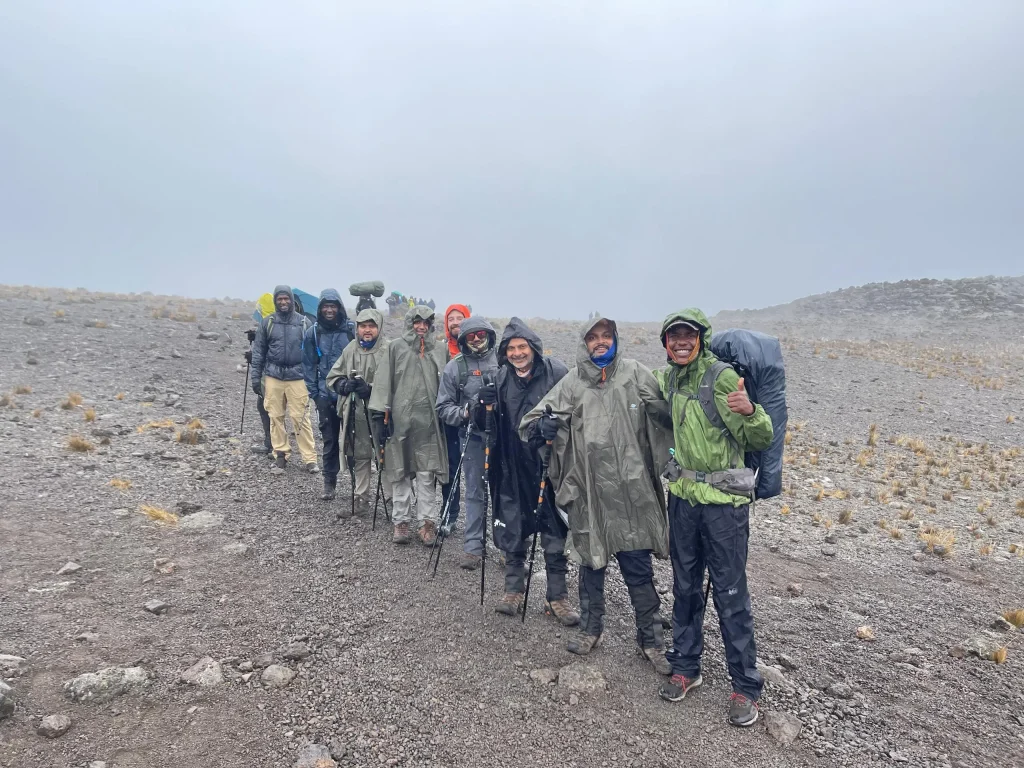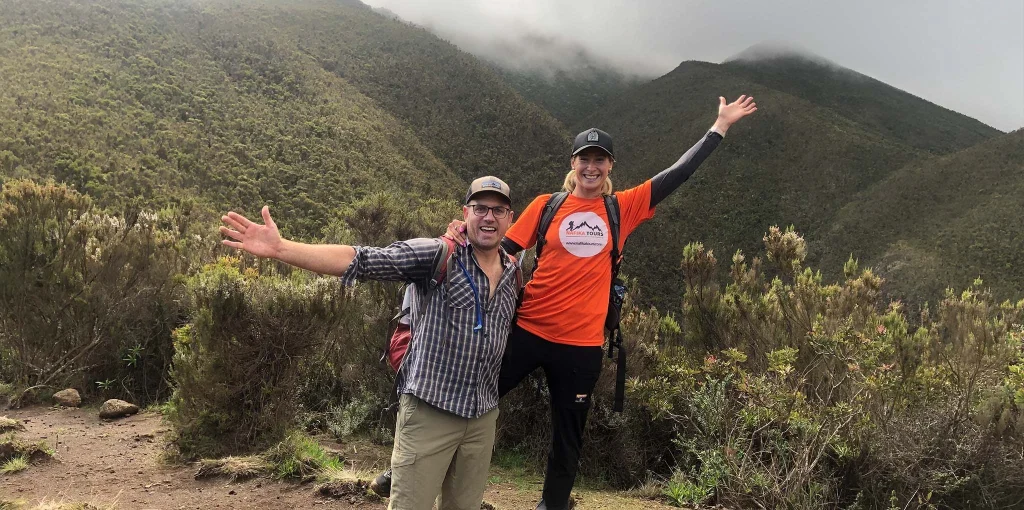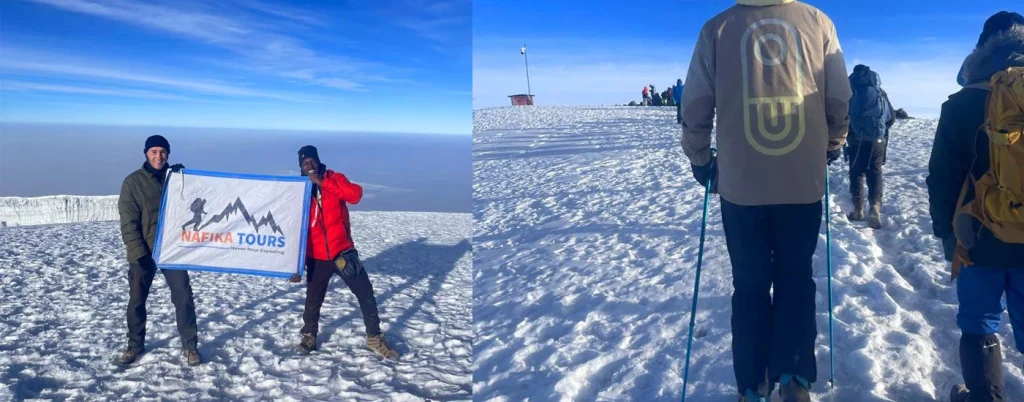Imagine the excitement of Climbing Kilimanjaro, the cool mountain air fresh on your face as you start your journey up. Standing tall and majestic, Kilimanjaro calls out to adventurers ready to reach the Roof of Africa. But when is the best time to climb Kilimanjaro? Let’s explore the seasons and temperatures so you can pick the perfect time for your adventure.
The best time to climb Kilimanjaro generally falls during the dry seasons, from January to March and June to October, when the weather is clear and the trails are easier to navigate. These months offer the most favorable conditions for climbers, with warmer temperatures and stunning views. Choosing the best time to climb Kilimanjaro means enhancing your experience and maximizing your chances of reaching the summit with great views and clear skies.

The beginning of the year, from January to March, is a beautiful time to climb Kilimanjaro. The skies are often clear, with daytime temperatures around 20-30°C (68-86°F) at the lower slopes, though it gets colder as you go higher. The nights at higher altitudes can drop below freezing, around -7°C to -12°C (19-10°F). This season offers a quieter, more peaceful climb with fewer people, and the warm days make it pleasant to trek during daylight hours.
April and May bring the “long rains” to Kilimanjaro. While climbing during this season can be challenging due to the rain, it’s a special experience for those who prefer a quiet trail and don’t mind getting a little wet. Daytime temperatures stay around 15-25°C (59-77°F) at the lower slopes, and nights can dip close to freezing. The rain makes the forest and lower slopes lush and green, adding a vibrant touch to your surroundings.

From June to October, Kilimanjaro’s weather is generally dry, with clear skies and cooler temperatures. Days on the lower slopes are warm, ranging from 20-30°C (68-86°F). Higher up, it gets colder, and night temperatures at the summit can drop as low as -15°C (5°F). This is the most popular season to climb because of the stable weather and beautiful views. Although you’ll have more company on the trail, the crisp, clear days make this a perfect time for photography and enjoying the mountain’s beauty.

November is a short rainy season on Kilimanjaro. The weather can be a bit unpredictable, with light rain and mist in the mornings. Daytime temperatures stay around 15-25°C (59-77°F) at the lower levels, while higher up, temperatures can drop below freezing at night. If you enjoy a quieter trail and don’t mind a bit of rain, this is a unique time to experience the mountain. The light rain keeps the landscape green, adding a fresh, colorful backdrop.
December marks the end of the rainy season and a return to drier weather. With the holiday season in full swing, some climbers choose to celebrate Christmas or New Year at the summit. Day temperatures are around 20-30°C (68-86°F) on the lower slopes, while summit nights are cold, often dropping to around -10°C (14°F) or lower. It’s a great time for a festive climb, with fewer rainy days and a lively spirit among climbers.

The best time to climb Kilimanjaro depends on the experience you’re looking for. Each season offers its own charm—whether it’s the warm days of January, the green freshness of May, the bright skies of August, or the festive mood of December.
Let Kilimanjaro’s seasons help you decide when to climb, and get ready to discover the beauty of the mountain in your own way!
We use international standard equipment, and our guides are trained in first aid and equipped with personal protection gear.
Once a tour is booked, it is guaranteed to operate, even if there is only one client for the entire trip.
Our guides are trained to attend to each client's needs and adjust the program to ensure a personalized experience.